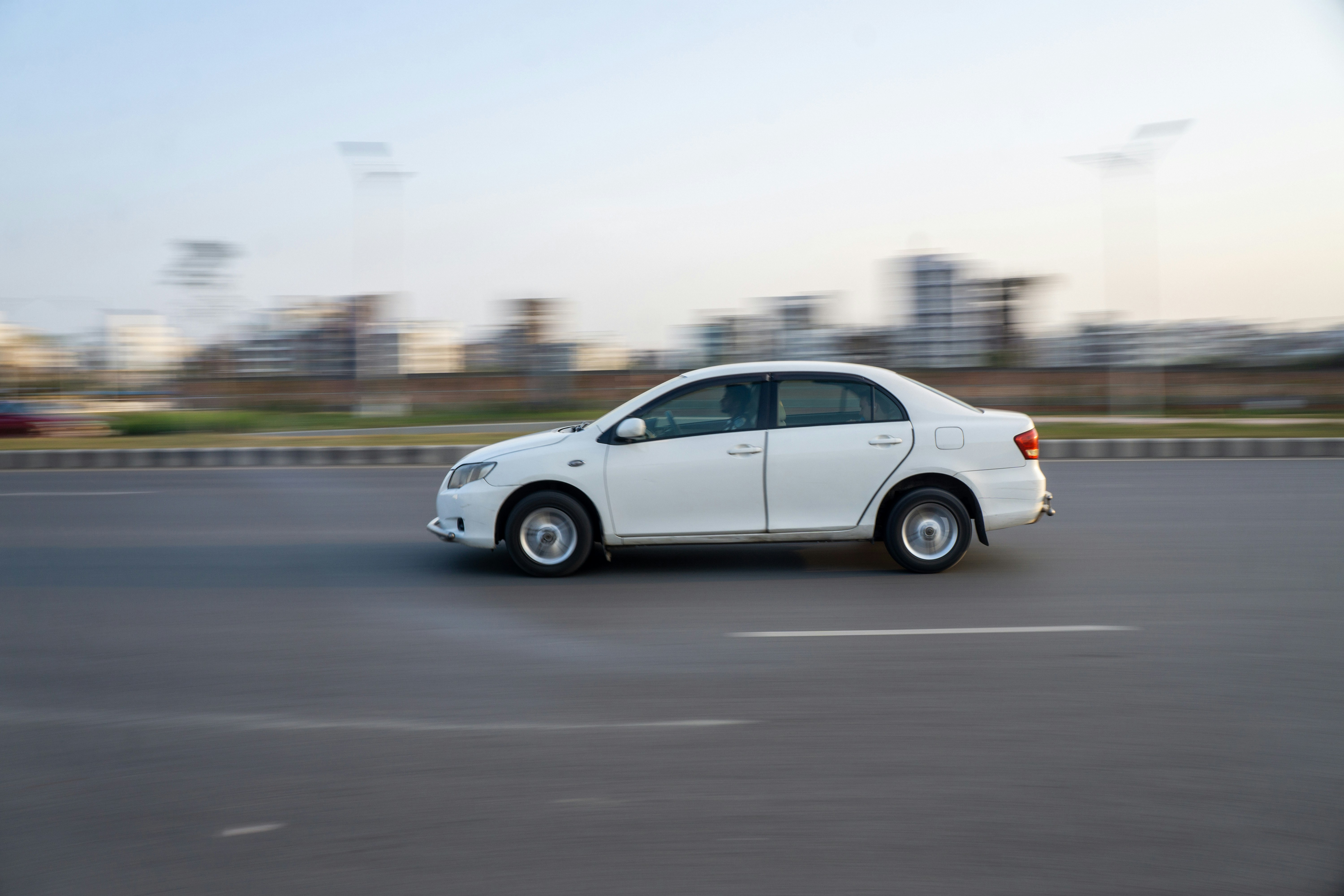Nearly half of Australia's 1.2 million new vehicles each year are fleet purchases, most boasting 5-star safety ratings and cutting-edge technology. But here's a question worth considering: how well do drivers actually understand these advanced safety features?
While modern vehicles come equipped with everything from ABS brakes to autonomous emergency braking, the gap between having these features and knowing how to use them effectively presents both a challenge and an opportunity for fleet managers.
The handover gap
Vehicle handovers often prioritise pairing phones and setting up entertainment systems, leaving safety features largely overlooked.
Take ABS brakes, for example. Most drivers recognise the term, but few truly understand how they work or how they should influence their driving. In an emergency, the correct response - pressing firmly and maintaining brake pressure - often goes against a driver’s instinct to pump the brakes.
This gap in understanding isn’t just about missing a few details—it can impact how drivers engage with their vehicles every day. Advanced safety features like adaptive cruise control, lane-keeping assist, and automatic emergency braking are designed to help, but when drivers aren’t clear on how they function (or their limitations), they may misuse them - or worse, not trust them at all. Some assume these features allow them to switch off a little behind the wheel, while others become frustrated when the car seems to act unpredictably - such as when emergency braking suddenly engages despite the road appearing clear.
A simple, structured introduction during handover can make all the difference. Instead of just pointing out buttons on the dashboard, a hands-on demo helps drivers understand these features in action, building the confidence they need to use them effectively when it matters most.
The confidence trap
There’s also the risk of overconfidence. Some argue that safety features can create a false sense of security, leading drivers to disengage because they assume the car has everything under control—which, as we know isn't a good thing!
Beyond understanding these features, it’s equally important to consider how drivers interact with them. How many of us have turned off lane departure alerts or collision warnings, even just for a short time? If drivers become accustomed to these alerts, they might start tuning them out or disabling them altogether, reducing their effectiveness.
Bridging the safety knowledge gap
Fleet managers play a crucial role in ensuring drivers are equipped not only with safe vehicles but also with the knowledge to use them effectively. A simple 30-minute walkthrough of safety features during vehicle handovers could make a significant difference.
Without proper education and engagement, even the most advanced safety features can’t fully mitigate risks. Understanding and using these technologies effectively is essential—not just for drivers, but for fleet managers looking to improve overall fleet safety.
What do you think? Have you found yourself relying on a safety feature without fully understanding it? Let us know your thoughts!





.png)

